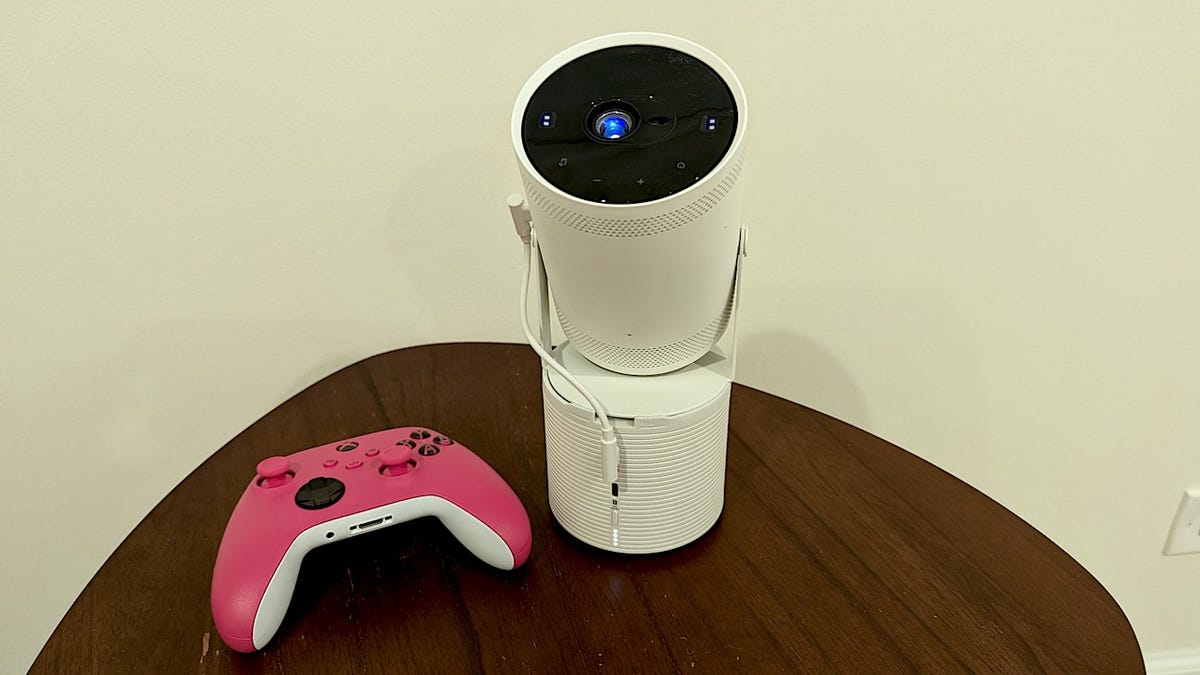BOOK THIS SPACE FOR AD
ARTICLE ADOpenAI is constantly adding new features to ChatGPT to make it more functional for everyday needs and essential in our workflows. The most recent of these updates is a new canvas feature -- unveiled at the beginning of the month -- that has left me beyond impressed.
Also: How to use ChatGPT to write a better cover letter
If you use ChatGPT as a co-editor in any capacity, you will never again use ChatGPT without this feature. Canvas is a new interface that makes collaborating on your writing and coding projects easier with ChatGPT. The concept is best understood visually, so stick with me. Here's how Canvas works.
The interface
If you are a ChatGPT Plus subscriber, you can choose the "GPT-4o with canvas" beta from the model selector dropdown in the ChatGPT interface. Upon selection, your page may look the same, but once you enter your project, you will see the magic happen.
For my example walk-through, I'll use an essay I published as an undergrad since I don't use any AI tools to edit or write my ZDNET articles in any capacity. I copied and pasted the essay text into the textbox with the prompt: "Can you help me edit this piece?"
As you can see below, it automatically opened a new interface. My edited project was placed on the right side of the screen, while my initial prompt was on the left, with a textbox available to ask additional questions. With this interface, no matter how many questions you ask or how many edits are made, your project will always remain in the same spot on the right, giving you easy visibility as to what it looks like after each edit and how it fares next to the original.
Screenshot by Sabrina Ortiz/ZDNETWhat makes the Canvas interface a game-changer? Typically, when you ask ChatGPT to revise the text, the AI outputs the new version as the next message, making it difficult to compare the original and edited piece side-by-side and keep track of the changes.
Also: The best AI image generators of 2024
For example, with the regular interface, if you ask something like "Can you revise this cover letter?' and then follow up by asking to revise one specific paragraph, it may just output the new paragraph, forcing you to go back and piece both generations together. This is inconvenient, especially if you go back and forth a lot and there is lots of dialogue in between.
Although ChatGPT has advanced writing skills, it's still AI and is prone to hallucinations, so it's useful to double-check edits. Keeping track of the edits is also useful because it helps you learn from the changes and possibly implement them next time. It also prevents you from having to scroll up and down continuously through your conversation to find the suggestions and edits.
The shortcuts
Another game-changing element of this feature is the new shortcuts available. On the right page where your project lives, a button in the bottom in the lower right corner -- represented by a pencil -- includes four one-click shortcuts that can transform your project with a click.
Screenshot by Sabrina Ortiz/ZDNETThe writing shortcuts help users adjust lengths, change reading levels, add emojis, and "add final polish," which checks for grammar, clarity, and consistency. The coding shortcuts can review code, add logs, add comments, fix bugs, and port to a language. The buttons are a quick and efficient way to implement the change you want without using text prompts.
Here's another convenient tool (and my personal favorite): you can highlight portions of your project for specific changes, and when you highlight lines of your text or code, another set of shortcuts will appear. This time, Canvas enables you to change the formatting with options such as bold, italicize, or change text type and ask ChatGPT directly for help with that specific section.
Screenshot by Sabrina Ortiz/ZDNETOnce the edit on that specific section is complete, it will be reflected in the larger project, keeping the rest of the project intact and only changing what the user requested -- which helps you stay organized. It is so satisfying to see just one portion of your living project change. This can be especially useful for resumes, cover letters, or other job application materials.
Also: How to use ChatGPT to optimize your resume
What about the quality of the edits? Because Canvas uses GPT-4o -- OpenAI's most advanced, well-rounded model -- the edits made are valuable and improve the overall quality of the text. If you ask for a general edit, it will not only look for things like grammar and spelling (as Grammarly does) but will check for syntax.
The cost
Unfortunately, all of the wonders described above will come at a cost. To access the feature right now, you must be a ChatGPT Plus subscriber, which costs $20 per month. If you are a ChatGPT power user, the cost may be justified as it comes with other perks, such as the new Voice Mode and unlimited image generation.
Enterprise and Edu users will get access to Canvas this week, according to OpenAI, and ChatGPT free users will gain access in the future once the tool is out of beta.
.png)
 4 months ago
49
4 months ago
49 















 Bengali (Bangladesh) ·
Bengali (Bangladesh) ·  English (United States) ·
English (United States) ·